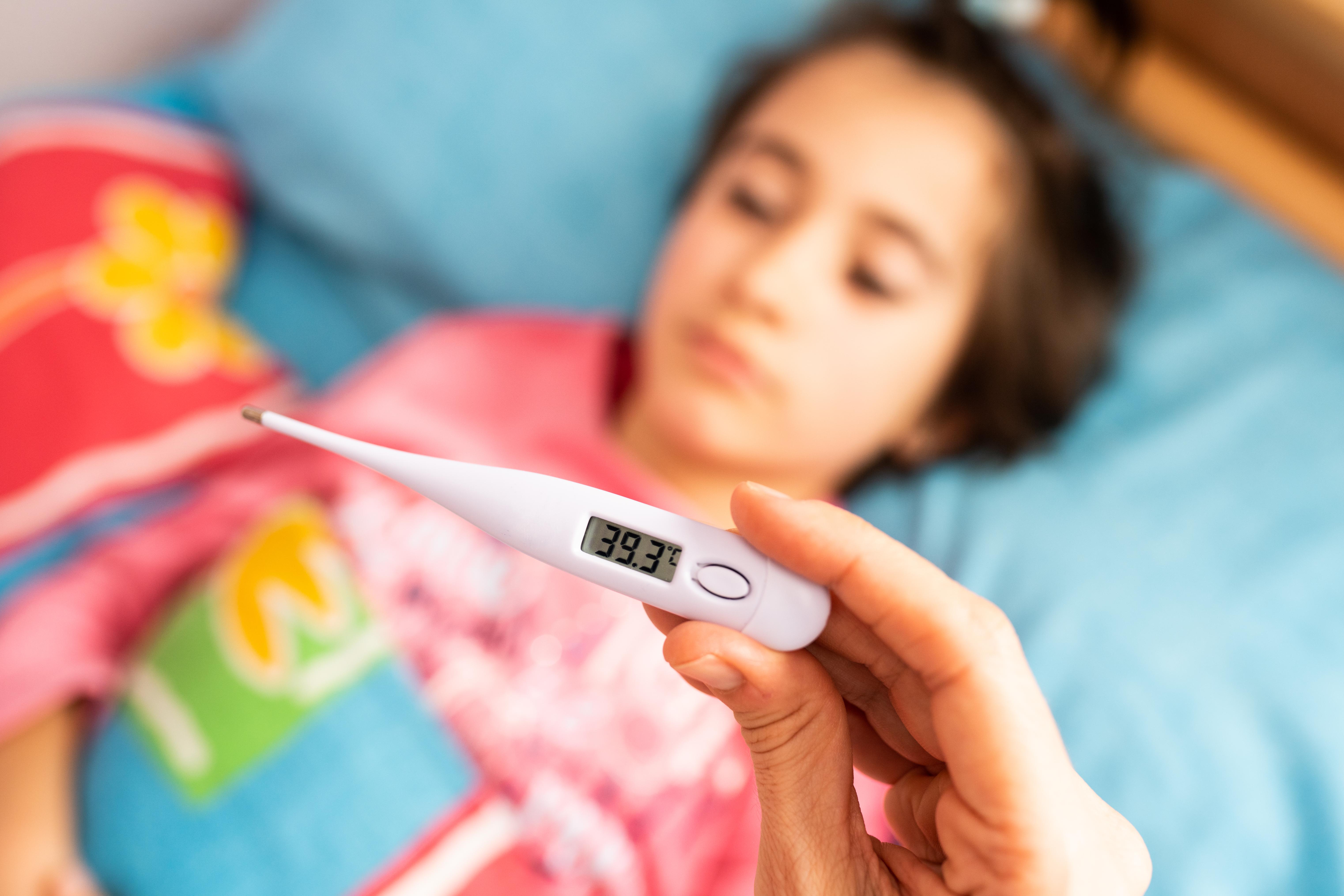10 Telltale Signs of Chickenpox You Shouldn’t Ignore
Chickenpox, medically known as varicella, is a highly contagious viral infection most commonly affecting children, though adults are not immune. Caused by the varicella-zoster virus, this disease is characterized by an itchy, blister-like rash that covers the body. Historically, chickenpox was considered a rite of passage for children, but with the advent of vaccines, its prevalence has significantly decreased. Despite this, understanding the symptoms remains crucial for early detection and treatment. This article delves into the ten telltale symptoms of chickenpox, providing a comprehensive guide to recognizing and managing this condition. By exploring these symptoms, we aim to equip readers with the knowledge to identify chickenpox early, thereby reducing its spread and potential complications. As we journey through each symptom, we'll also touch upon the importance of vaccination and the role it plays in mitigating the impact of this once-common childhood illness.
1. Fever: The Initial Indicator

One of the earliest signs of chickenpox is a mild to moderate fever. This symptom often precedes the appearance of the rash, acting as an initial indicator that the body is combating an infection. The fever typically ranges from 101°F to 102°F (38.3°C to 38.9°C) and can last for several days. In some cases, particularly in adults, the fever may be higher and more persistent. It is during this febrile phase that individuals are most contagious, even before the rash becomes apparent. Understanding this symptom is crucial, as it can easily be mistaken for other common viral infections, such as the flu or a common cold. Parents and caregivers should be vigilant if a fever is accompanied by other symptoms like fatigue or irritability, as these may signal the onset of chickenpox. Early detection during this phase can help prevent the spread of the virus to others, especially those who are unvaccinated or have weakened immune systems.
2. Rash: The Hallmark Symptom

The rash associated with chickenpox is perhaps its most recognizable feature. It typically begins as small red spots that quickly develop into itchy, fluid-filled blisters. These blisters can appear anywhere on the body, including the scalp, face, and even inside the mouth. Over the course of several days, the blisters burst and form crusts, eventually healing completely. The rash usually appears in waves, meaning new spots can develop as older ones crust over. This cycle can last for up to a week. The rash is not only uncomfortable but also serves as a key diagnostic tool for healthcare providers. It is important to note that while the rash is most common in children, adults and immunocompromised individuals may experience more severe manifestations. Recognizing the rash early can aid in confirming a chickenpox diagnosis, allowing for timely treatment and isolation to prevent further transmission.
